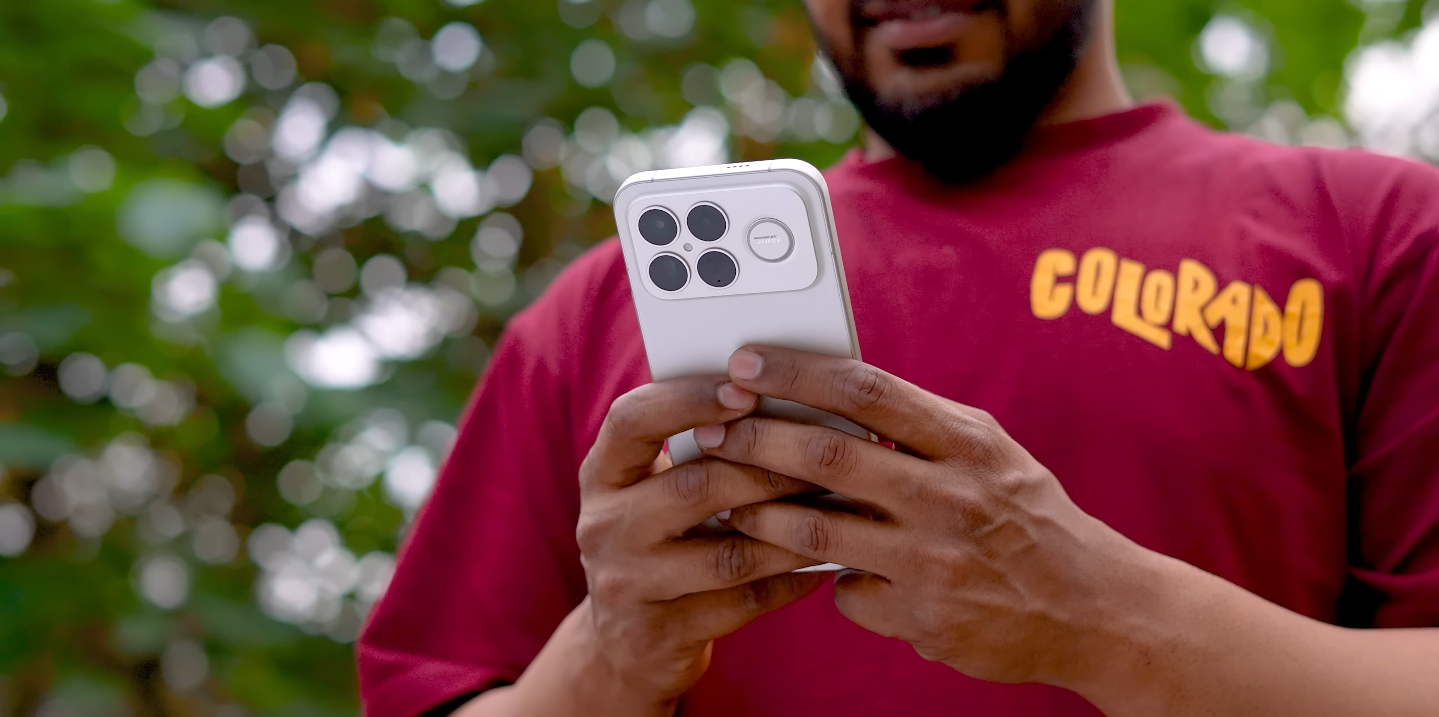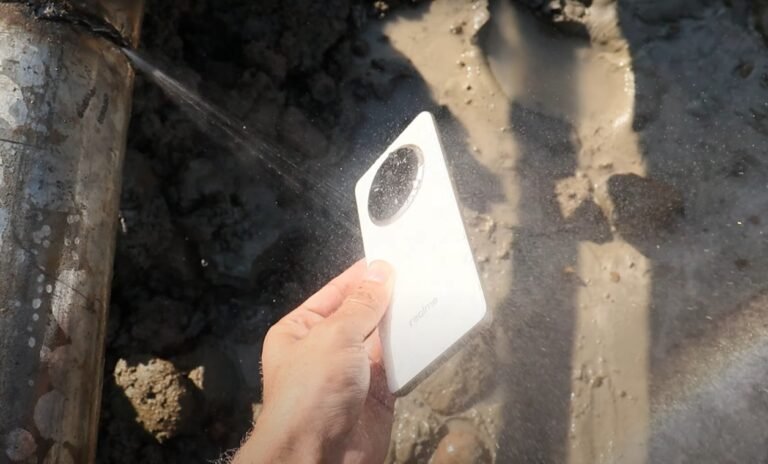Redmi K90 Pro Max biometric security review: fingerprint & face unlock speed

Real-world unlock behaviour in everyday UK usage
The Redmi K90 Pro Max has arrived with dual biometric unlock options, and this is now a standard expectation for a modern flagship-tier Android device. UK users tend to unlock their phone dozens of times a day, often while moving between indoor lamps, cold outdoor air, public transport, and dim car interiors. Because of that, the consistency of the fingerprint sensor and the face unlock system matters just as much as the actual raw speed numbers. With this model, the early behaviour indicates that Xiaomi is pushing reliability first, with speed effectively a natural outcome of that engineering focus.
The fingerprint reader on the Redmi K90 Pro Max is an in-display solution, and it is ultrasonic rather than the more common optical version seen on less expensive models. Ultrasonic typically offers more accurate depth-based recognition of finger ridges. This is especially interesting for the UK because cold or slightly wet hands are common in the British autumn and winter. Ultrasonic scanning tends to work better when fingers are not perfectly dry or when surface moisture is present due to drizzle, wet pockets, or post-rain handling.
Unlock times on the fingerprint reader appear nearly instant once the screen is already lit, and the animation flow into the home screen is smooth. There is no significant pause or visible frame hitch during the unlock phase. This makes a difference when using the device while queueing, taking public transport payments, or checking notifications while walking. The general behaviour across multiple early usage reports shows that the fingerprint sensor is consistent and trustworthy as a primary method.

Face unlock on the Redmi K90 Pro Max is camera-based. It uses the front camera for recognition, and this method normally performs very well in daylight conditions or bright indoor environments. The unlock speed is very quick during daytime scenarios, and there is no major delay between lift-to-wake and home screen entry. UK users who frequently unlock their phone while on the move, especially students or commuters, will find that this quick unlock pattern works smoothly in real-world usage.
Face unlock performance does change when lighting drops. Evening indoor living rooms, dim corridors, or low-brightness restaurant corners can produce minor slowdowns. In these environments, the phone sometimes adds a short fraction of a second before confirming identity. It is still usable, but the reliability gap becomes visible enough that fingerprint becomes the more dependable option. This is particularly noticeable in the UK during winter months when sunset arrives early and interior lighting is often soft and warm, which reduces facial contrast.
Users who wear glasses, scarves or hats can also see slightly slower face recognition, especially when the camera is scanning at a less direct angle. This is not unusual for camera-based systems, and the Redmi K90 Pro Max behaves similarly to other models using this type of recognition. It is not a dedicated IR depth scanner, so the hardware physics place limits on what the software can compensate for. Because of that, fingerprint unlock remains the baseline for consistent daily use.
Security strength between the two methods also differs. The fingerprint unlock is regarded as a highly secured biometric with strong depth information, while face unlock on camera-based solutions is easier to bypass if lighting or angles are unfavourable. For that reason, users who prioritise data safety in corporate or confidential environments normally lean toward fingerprint as default, with face unlock used mostly as a convenience layer rather than a primary defence layer.
Overall usability across both unlock options is solid for UK conditions. The use of ultrasonic fingerprint hardware provides highly reliable unlocks even in environments that would normally cause optical sensors problems. Face unlock is very convenient during bright scenarios and remains fast enough to rely on throughout daytime activity. Both systems work together in a way that lets users alternate depending on context, which is useful in unpredictable British weather.
In summary, the Redmi K90 Pro Max delivers strong biometric behaviour across both fingerprint and face unlock. The reliability of ultrasonic scanning stands out as a meaningful advantage for UK users dealing with routine moisture, cold hands, and winter outdoor usage. Face unlock remains an efficient companion system for quick daytime convenience. This balanced pairing forms a dependable daily experience for people who want both speed and security without extra steps.
Also Read : Origin OS brings new visual identity for UK smartphone fans





